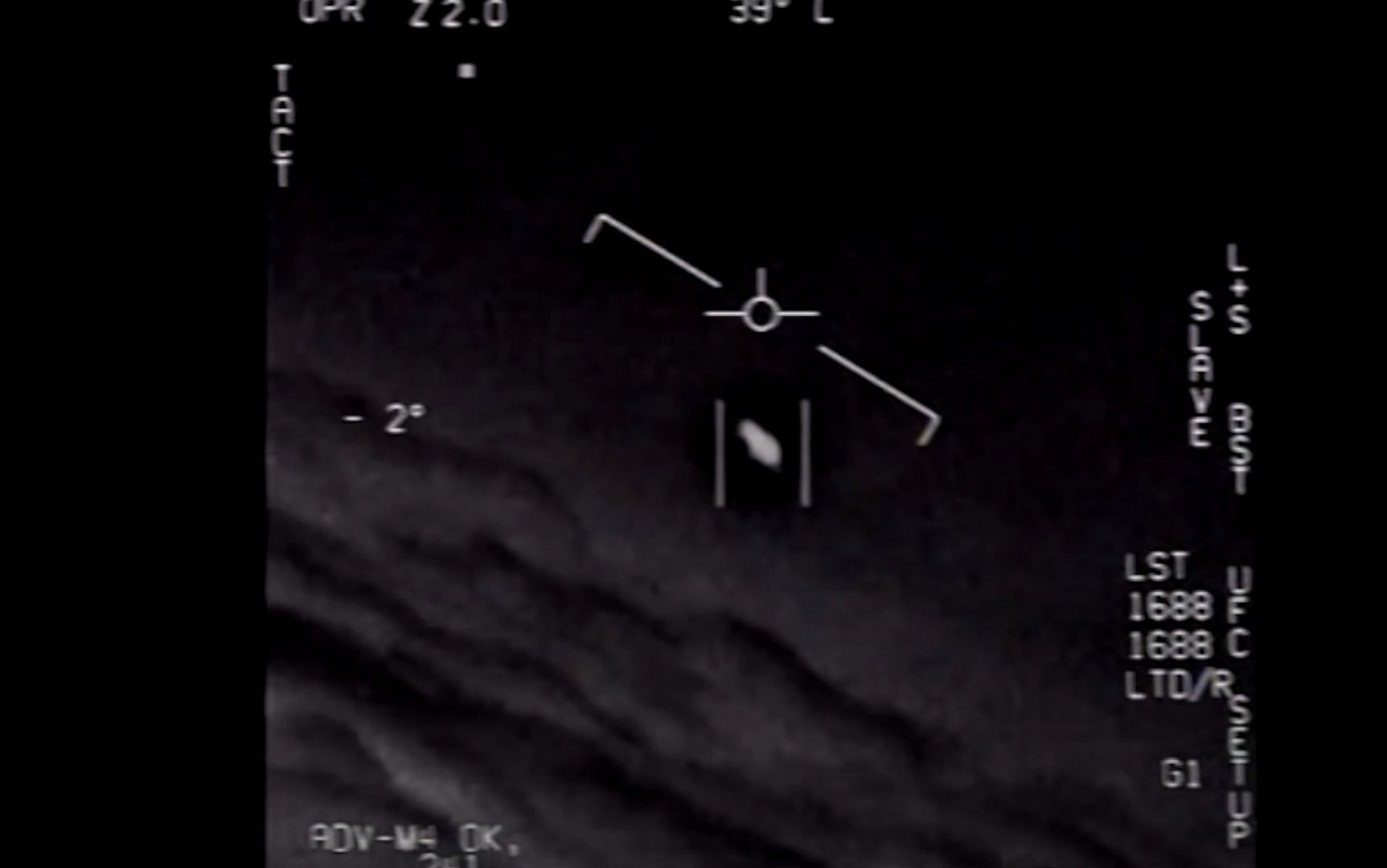NASA has created an independent team of 16 that will look at unidentified flight phenomena (Unknown Atmospheric Phenomena, UAP). As announced by the US Space Agency, experts will focus only on non-confidential data, and the report containing the research results will be published in the middle of 2023.
The study is designed to help understand how NASA will analyze UAP data in the future. It concerns both information provided by civil administration entities, and commercial data and data from other sources. Based on this, an action plan for the possible future analysis of UAP data will be developed by the Agency.

A US intelligence report, released on June 25, 2021, submitted to Congress, indicates 144 recorded incidents. relating to unidentified atmospheric phenomena. Experts there found that 143 of the phenomena recorded in the past 17 years remain without any unambiguous explanation. One, in turn, was considered a natural phenomenon. So it can be concluded that the document did not shed new light on UAP issues.
Understanding our data about non-specific atmospheric phenomena is critical to drawing scientific conclusions about what is happening in our skies. Data is the language of scientists and makes the inexplicable explainable, said Thomas Zurbuchen, deputy director of NASA’s Science Mission Directorate.

NASA states that investigation and clarification of the case of unspecified flight phenomena is important from the point of view of US national security and aviation safety. A big role is played here by the collection of available data, but also the knowledge of their verification and the possibility of analysis. That is why the aim of the study is to tell NASA what potential data could be collected in the future to get a scientific understanding of the nature of UAP.
NASA has brought together the world’s leading scientists, data and artificial intelligence practitioners, and aviation safety experts, all with a specific mission to tell us how to focus fully on UAP science and data. Research at NASA.
The 16-person team, which will begin operating on October 24, will include:
- David Spiergel – Team leader, founder of the Simons Foundation, American astrophysicist theorist.
- Anamaria Beria – a. Associate Professor of Computer Science and Data Science at George Mason University in Fairfax, Virginia, Research Fellow at the SETI Institute in Mountain View, California, and Research Scientist at the Blue Marble Space Institute in Seattle.
- Federica Bianco – a. at the University of Delaware, Department of Physics and Astrophysics, Biden School of Public Policy and Administration, and chief scientist at the City Observatory.
- Paula Bontempi – Dean of the Graduate School of Oceanography at the University of Rhode Island (URI) and Professor. Oceanography on a URI.
- Reggie Brothers – Operating Partner at AE Industrial Partners in Boca Raton, Florida.
- Jane Boss CEO of the Potomac Institute for Policy Studies in Arlington, Virginia.
- Nadia Drake – Freelance science journalist and co-author of National Geographic.
- Mike Gold Executive Vice President, Civil Spaces and Overseas, Redwire, Jacksonville, Florida.
- David Grinspoon – Senior scientist at the Planetary Science Institute in Tucson, Arizona, and a permanent advisor to NASA on space exploration.
- Scott Kelly – Former NASA astronaut, combat pilot, test pilot, and retired US Navy captain.
- Matt Mountain – President of the Association of Universities for Research and Astronomy (AURA).
- Warren Randolph Deputy Executive Director of the Accident Investigation and Accident Prevention Department at the Federal Aviation Administration for Aviation Safety.
- Walter Scott Executive Vice President and Chief Technology Officer at Maxar in Westminster, Colorado.
- Joshua Simmeter – a. Electrical and Computer Engineering and Director of the Center for Space Physics at Boston University.
- Carlin Toner Acting Executive Director of the Federal Aviation Administration’s Office of Aircraft Policy and Planning.
- Shelley Wright – a. Assistant Professor of Physics at the University of California, San Diego Center for Astrophysics and Space Research.

See also: See also: Water on “Second Earth” K2-18b. The first discovery of its kind in history

Rate our article quality:
Your feedback helps us create better content.










